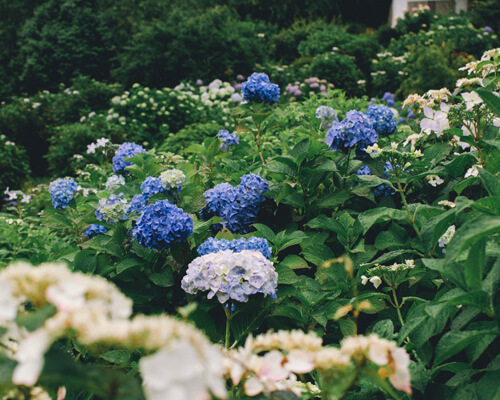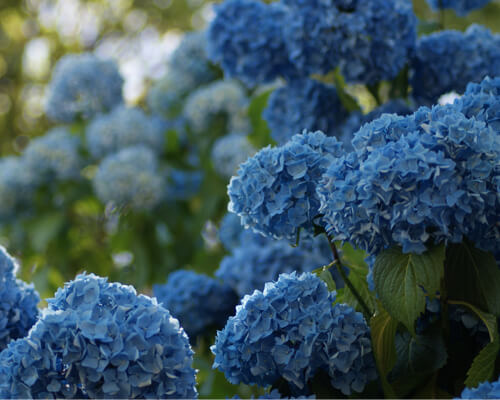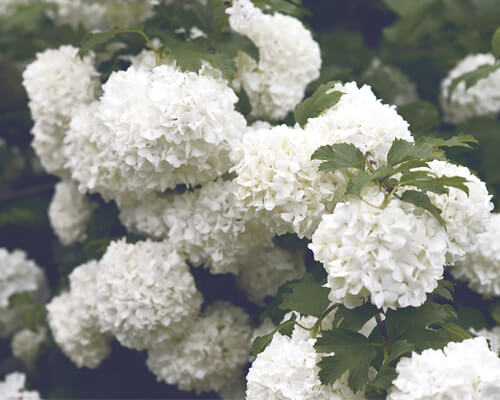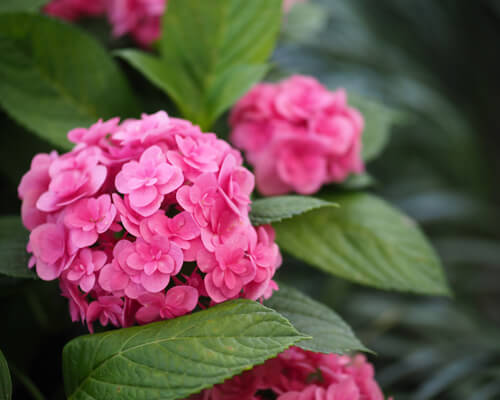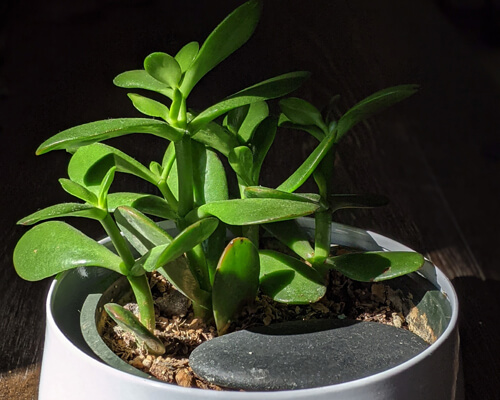How To Grow And Take Care Of Edelweiss Flower?
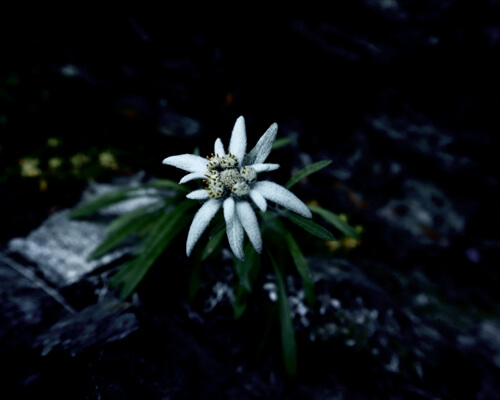
The Edelweiss flower is so beautiful and exotic looking. It’s a very beautiful white flower that looks absolutely gorgeous.
What makes it even more interesting is that it creates its own bed of white flowers. This allows it to not only be attractive to others but to protect itself as well. If you’re interested in learning more about this particular flower and what it has to offer, keep reading for more information.
What does edelweiss flower look like?
The Edelweiss is a perennial plant of the Alps and other high places of central Europe. Its scientific name is Leontopodium alpinum.
Its beautiful flowers are white or pinkish-white and have an unusual shape, being double clustered and star-shaped. With numerous stems radiating from the center (i.e., they are radially symmetrical).
The leaves are also very small, minty fresh and light green in color.
It has a pure white color with small, rounded leaves and tiny, fragrant flowers. These flowers almost always form on the side or top of a thistle-like spire.
The flower is generally less than two inches tall, growing up in an area between 8,000 and 12,000 feet above sea level.
How to grow edelweiss flower?
Plant time
The best time to plant the seeds is in autumn, which is why you see most edelweiss flowers blooming during this time of year.
In fact, people often think this flower is one of the first signs of spring. Because they bloom in such large numbers.
This can be a great advantage if you live in an area where winter sometimes stretches on longer or unpredictable weather patterns.
Having a place that can withstand these conditions can be very valuable and attractive. Even though the plant is small and delicate looking.
Light
Light is an important element in the growth of edelweiss. At the early stage, it must be exposed to direct sunlight for at least 8 hours a day.
Natural sunlight is best, but if you decide not to expose it to natural sunlight. Then you will need to place it under an artificial lamp source that has a high color temperature value (CTV), such as 5000K-7000K.
It can also grow when exposed to artificial light. But this is not as efficient as natural sunlight. The exposure to light must be regulated to maintain the correct photoperiod and temperature.
If you have decided to grow your edelweiss inside your house, you will need a very bright spot in order to get good results.
This will ensure that your plant receives enough energy from light in order to sustain its process of growing.
Soil
Edelweiss loves nitrogen and phosphorus rich soils, so you can add more of these elements than you would with other kinds of plants. They also prefer soils that have good drainage, but not too much water.
To help support my edelweiss plant and keep it happy. I chose to plant it in a container filled with blue spruce bark. This helps to ensure that the soil stays loose and will drain well all year long.
The bark also adds some nutrients that are not naturally present in other types of natural soil such as sand or clay. If you don’t have access to blue spruce bark, you can also add some compost from your garden or from your local nursery.
Water
To water the edelweiss flower, you should keep a watchful eye on the plant. This can be done by checking the color of the soil.
If it looks dark and damp, then there is no need to water. If it feels light, then it is time to water the edelweiss flower.
You can do this either by misting or by submerging the whole pot into a bucket of water for half an hour. This will ensure that the roots get wet and don’t rot in search of oxygen.
The most important thing about watering edelweiss flowers is knowing when not to do it. So be careful when you water them during the winter and spring months.
To help prevent disease and promote optimum growth for your plant. It is best to use only rainwater or distilled water when watering your plant.
Edelweiss plants like to have consistent moisture. Therefore, every time you water your plant, pour enough water so enough runs out the bottom of the pot.
Overwatering is one of the biggest killers of houseplants, so it is important to keep this in mind when tending to your edelweiss flower.
Temperature and humidity
Edelweiss flower is a perennial plant with an attractive appearance. It is also very easy to grow. It can grow at temperatures as low as -8°F (-22°C).
The appropriate temperature and humidity for the growth of edelweiss are different in different seasons.
In summer the temperature and humidity should be around 30°C (86°F) and 70% respectively. While in winter they should be between -5°C (23°F) and 10% respectively.
This plant needs a cold, dry environment in order to grow. Making it ideal for places that experience long winters and short summers.
You can grow Edelweiss indoors in these environments. But in order to ensure that it thrives and stays healthy, you must maintain the right temperature and humidity.
The best temperature for an indoor edelweiss is between 60 and 65 degrees Fahrenheit. At this temperature, water from the roots can evaporate from the leaves without the plant becoming too hot.
If the temperature falls below 45 degrees Fahrenheit or rises above 70 degrees Fahrenheit, the plant will not receive enough water and will begin to wilt or die.
To control the temperature of your edelweiss inside your home, use an appliance thermometer to monitor its temperature daily.
If there is a significant change in temperature that lasts for several days. You may need to adjust your thermostat or consider moving the plant to a spot with more consistent heat or cooling.
Fertilizer
The most important factor that determines the success of your edelweiss is the quality of its soil.
For healthy growth, the soil should be well-drained, rich in organic matter, slightly acidic (pH 5.5 to 6), and with a good amount of nitrogen available for the plants to utilize.
Fertilizers with high nitrogen content can help improve the health of your edelweiss plant by encouraging vigorous growth. But it might also encourage new growth at the expense of flowering and possibly even survival after flowering.
Therefore, you should use a fertilizer with low nitrogen content for edelweiss plants that are about to flower or have already flowered.
For example, if you use a slow-release water-soluble fertilizer or granular fertilizer like Osmocote. Apply it when your edelweiss is about to start flowering or has already finished flowering to prevent excessive vegetative growth and encourage blooming.
How to propagate edelweiss plant
The edelweiss plant can be propagated from stem cuttings. Edelweiss stem cuttings are taken from mature stems near the base of the plant. This will ensure that the stem cutting will have a strong root system when it is planted.
Step1. Cut off stems with a sharp pair of scissors. Cut them just above a leaf node; this area will have buds which sprout into new leaves when the stem cutting begins to grow roots.
Step2. Strip off any leaves that are below the nodes, but leave one or two leaves on top to use as food for the new plants until they start to grow their own leaves.
Step3. Cut the stems into 4-inch sections or so, and then dip them in rooting hormone powder before planting them in a very well-drained potting mix.
Step4. Place the pot outdoors in direct sunlight, but make sure to keep it warm.
Edelweiss flower meaning
Edelweiss flower meanings vary from culture to culture, but one thing that’s consistent is that the edelweiss flower is a symbol of purity.
There are many legends about how the edelweiss came to represent innocence and purity, but regardless of the specific story, it’s clear that edelweiss flowers symbolize innocence and purity.
In some faiths, the Edelweiss flower is associated with the Virgin Mary because she was said to have been born without original sin.
In those faiths, an Edelweiss gift is said to bring happiness, joy, and good fortune.
Some believe that the Edelweiss flower can ward off evil spirits and protect you from black magic.
Other faiths believe that the Edelweiss flower has healing powers and can restore health and vitality to those who are ill.
In German, edelweiss means “noble white”. It is usually found at high altitudes, which gives the flower its purity. Edelweiss symbolizes courage and loyalty and is used to give honor to someone in special ceremonies.
The Swiss use edelweiss to represent the Alps and their proud heritage. The flower is used for good luck and protection against bad spirits and disease.
Edelweiss also symbolizes love in many parts of the world.
Conclusion
The Edelweiss is a wonderful natural symbol of longevity and hardiness against the elements.
It has stood the test of time, surviving in harsh environments, only to reappear even more beautiful when the snow finally recedes, giving way to the springtime sun and gentle rain.
The Edelweiss flower offers a hopeful and refreshing message even during the dark winters that are being experienced with increasing frequency.
Its perseverance gives hope to all who witness its resilience.

